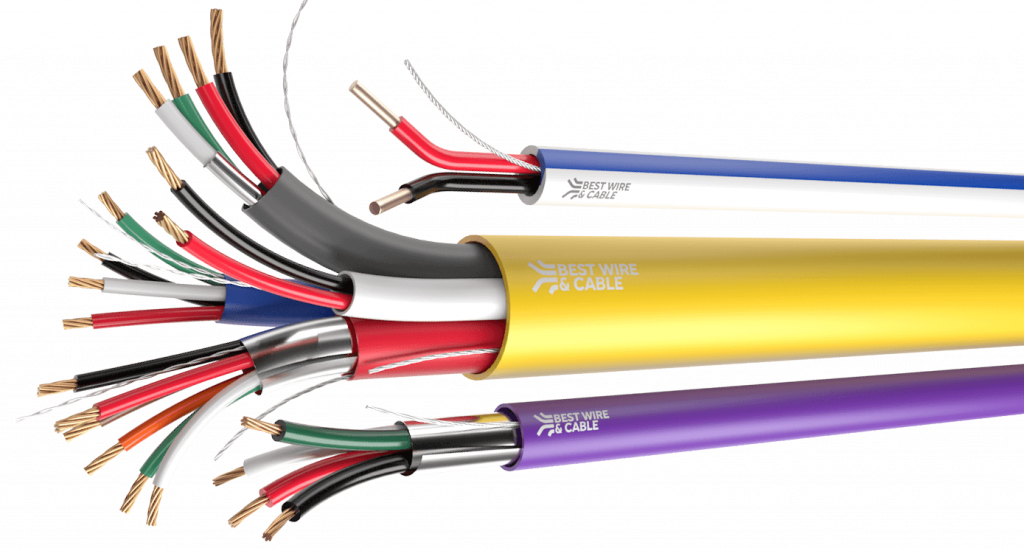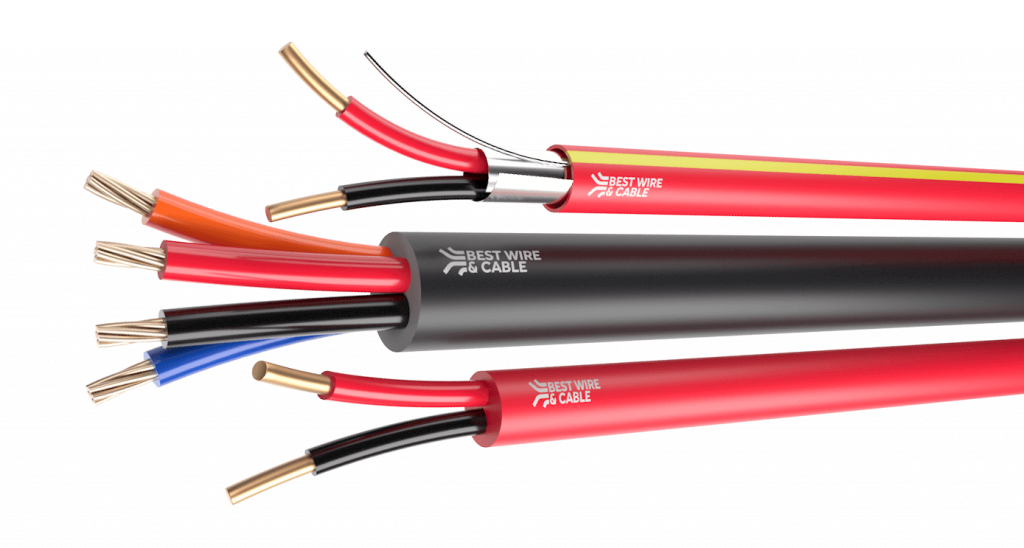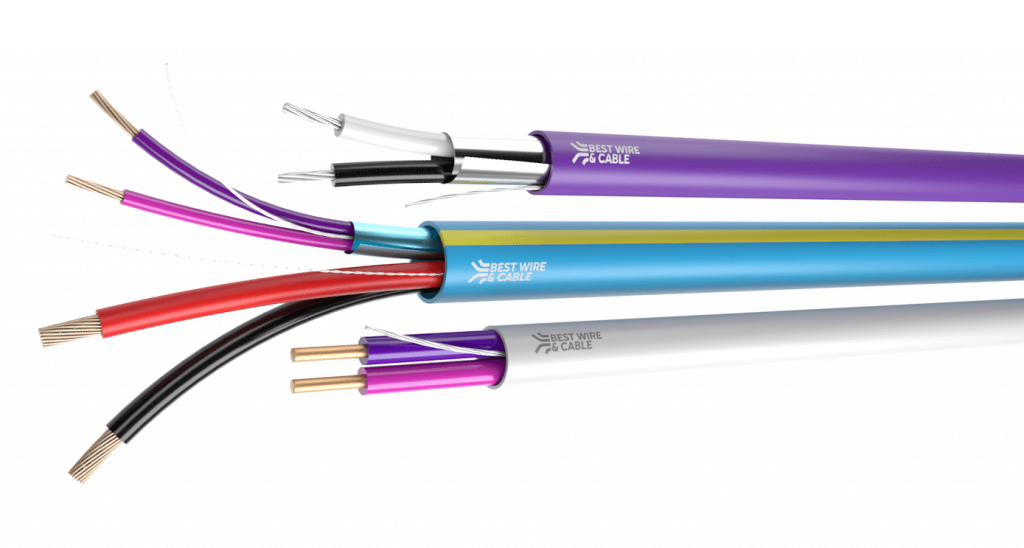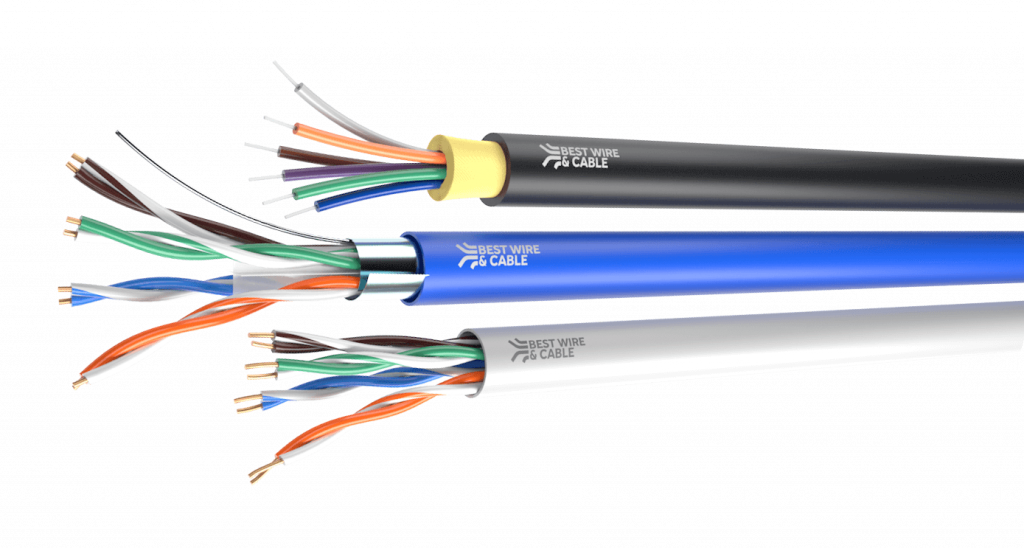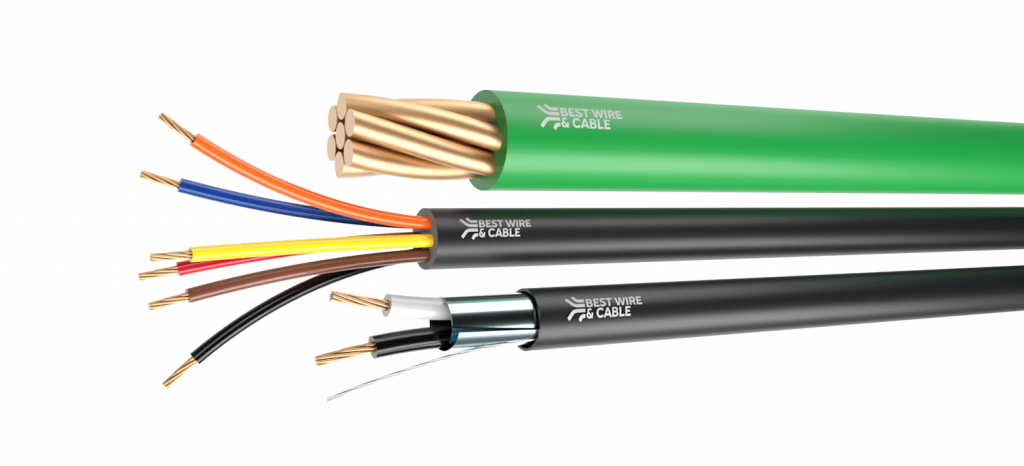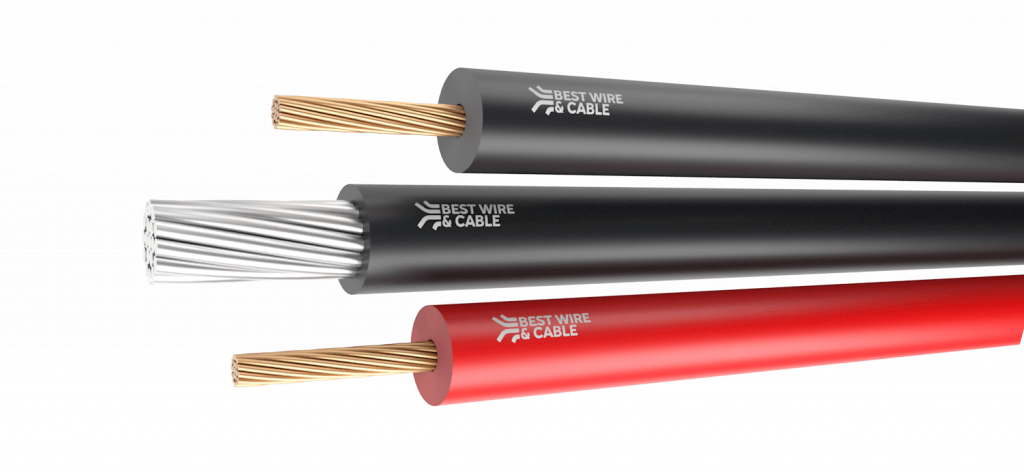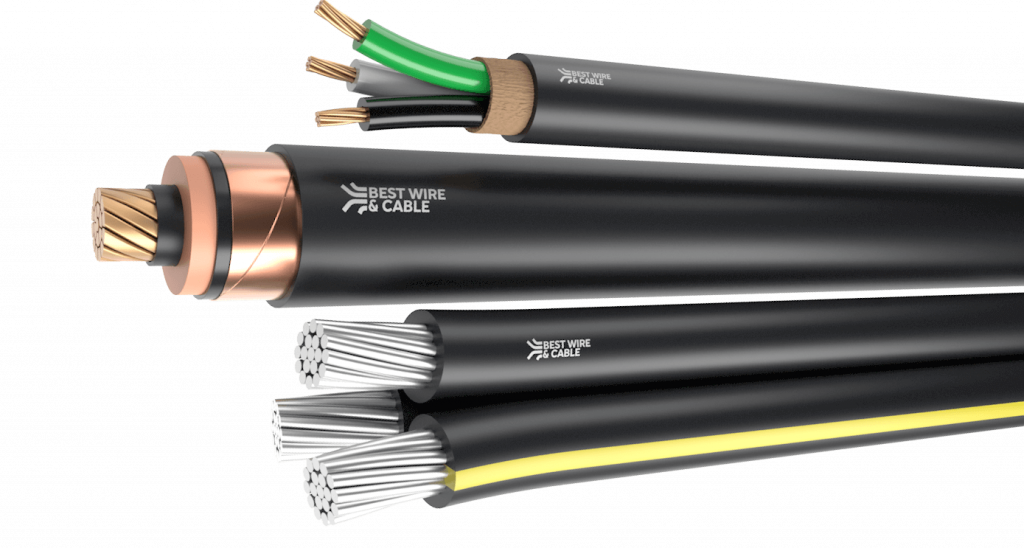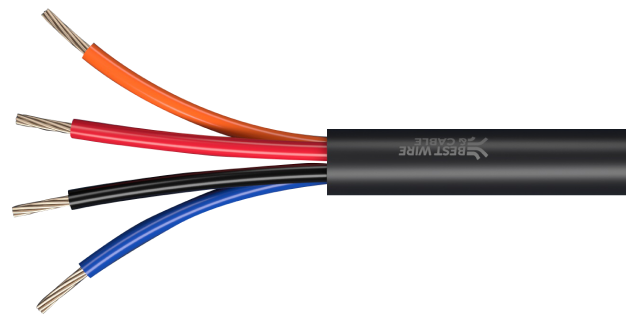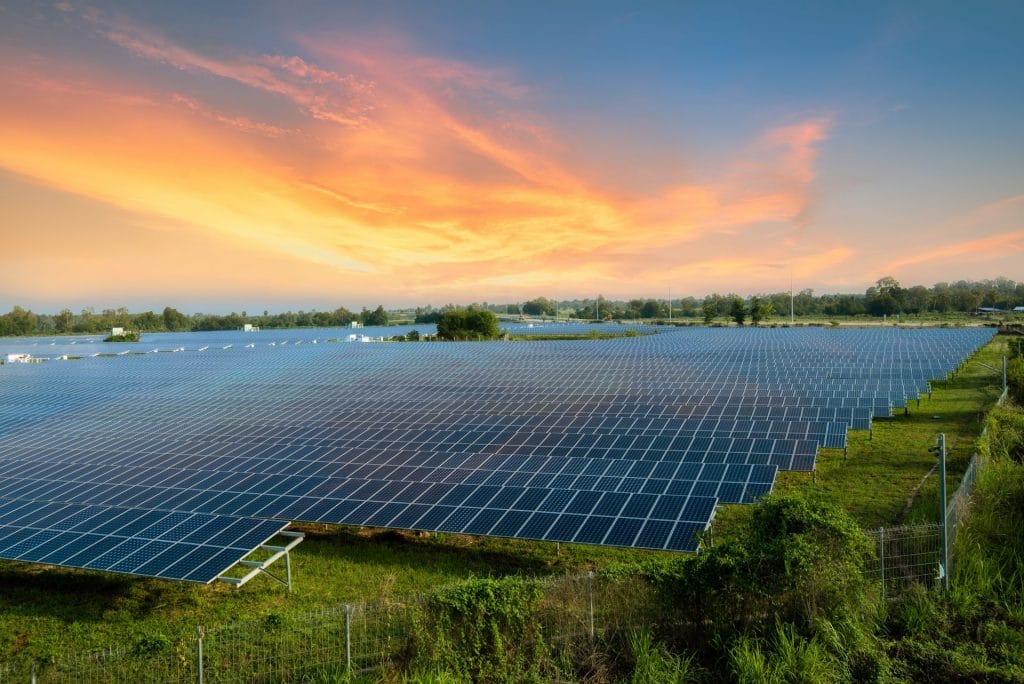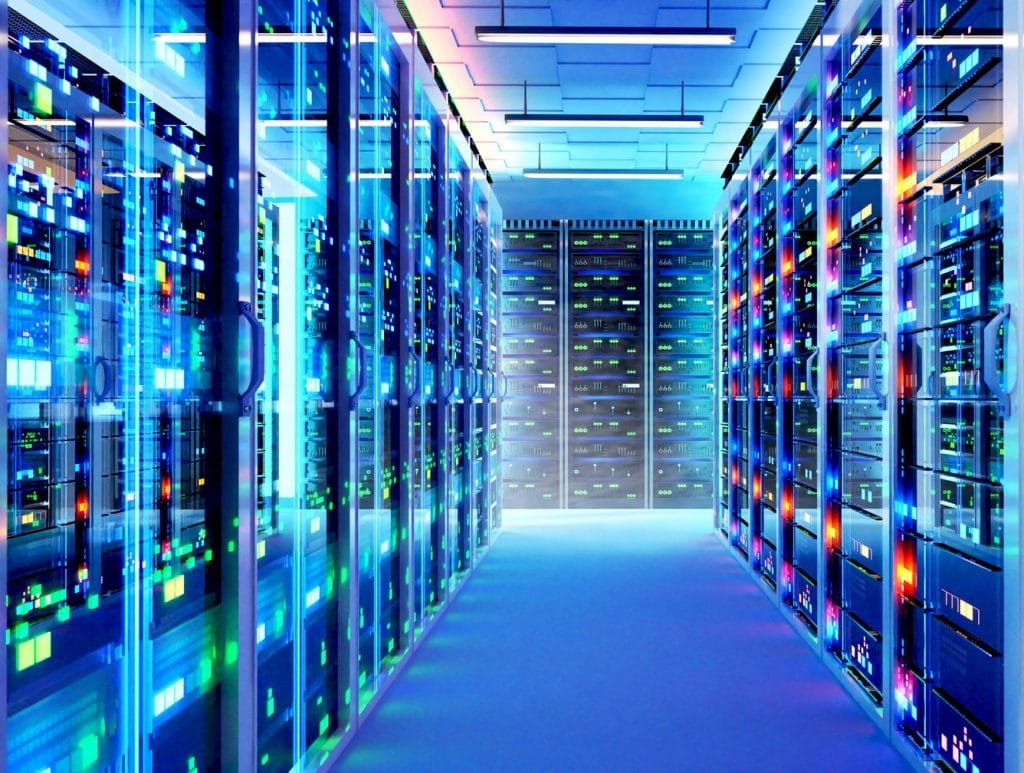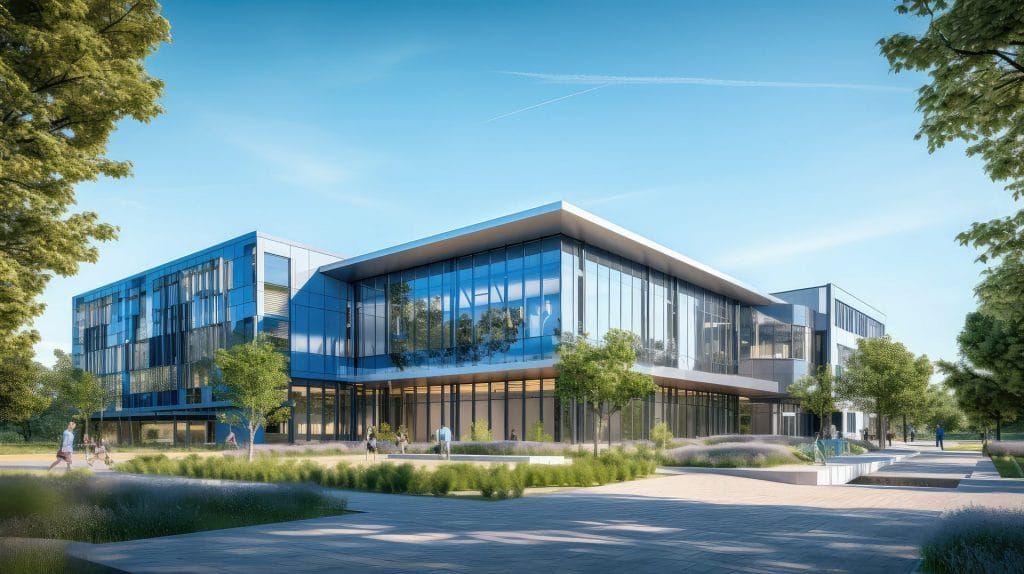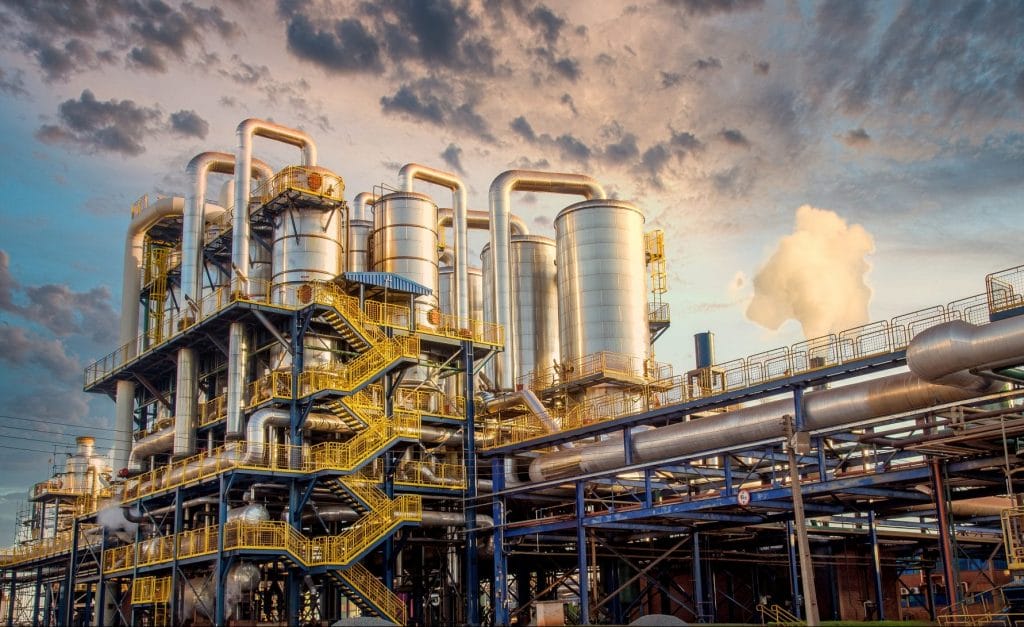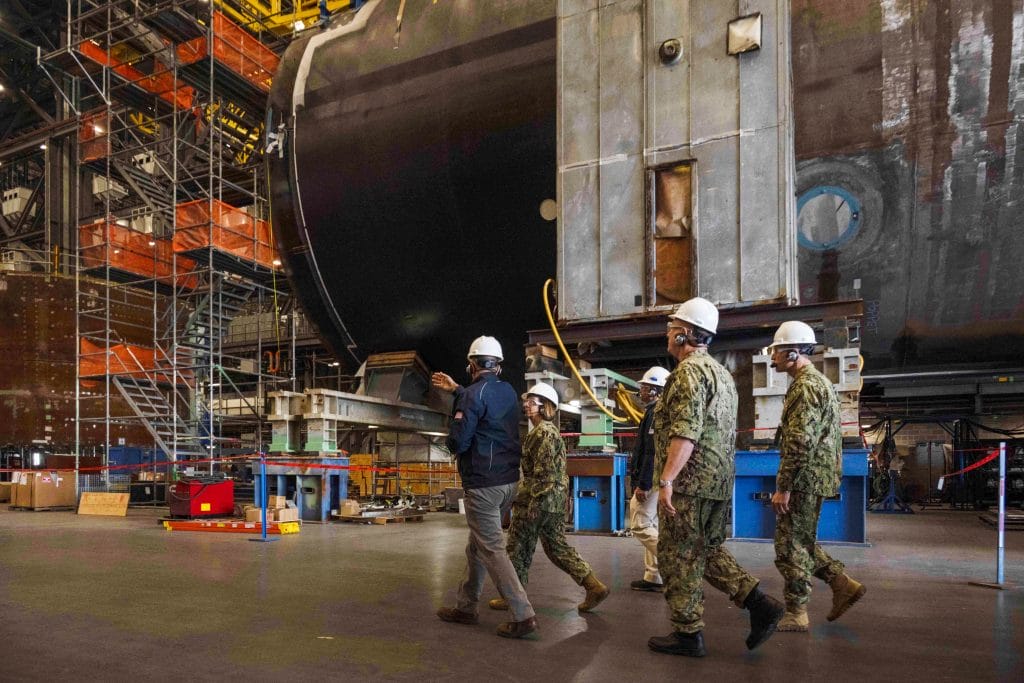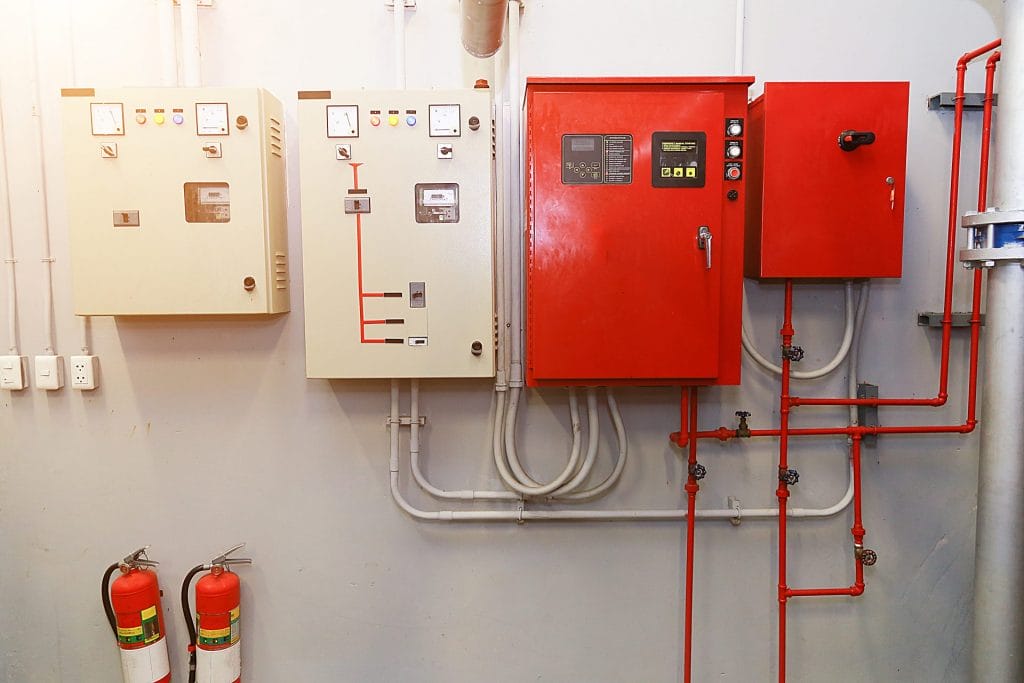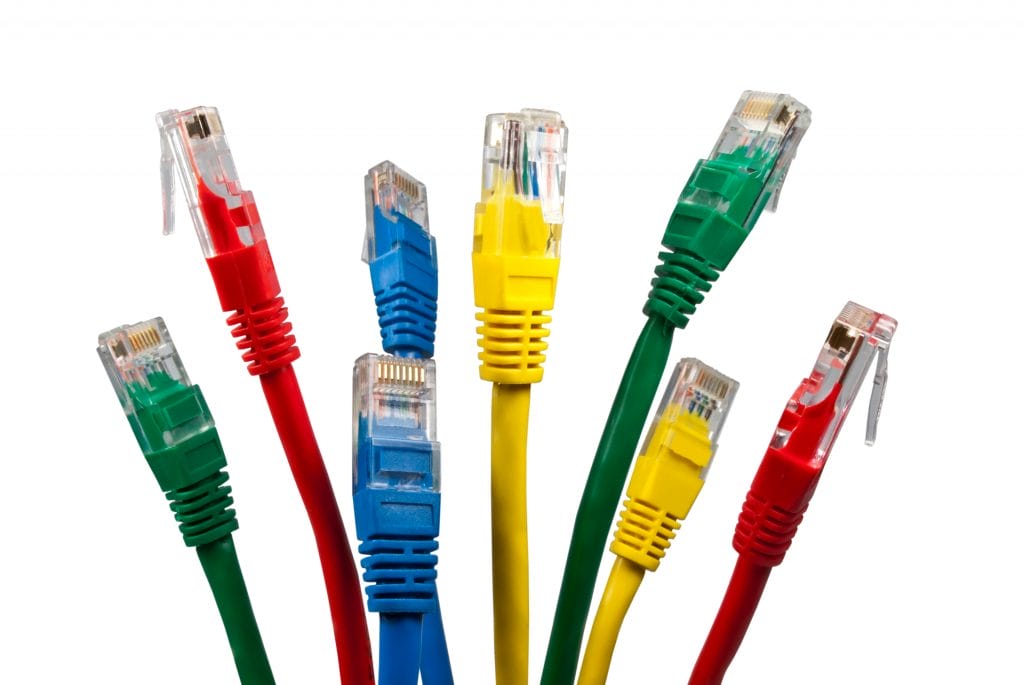How AI Data Centers Are Redefining Power Infrastructure
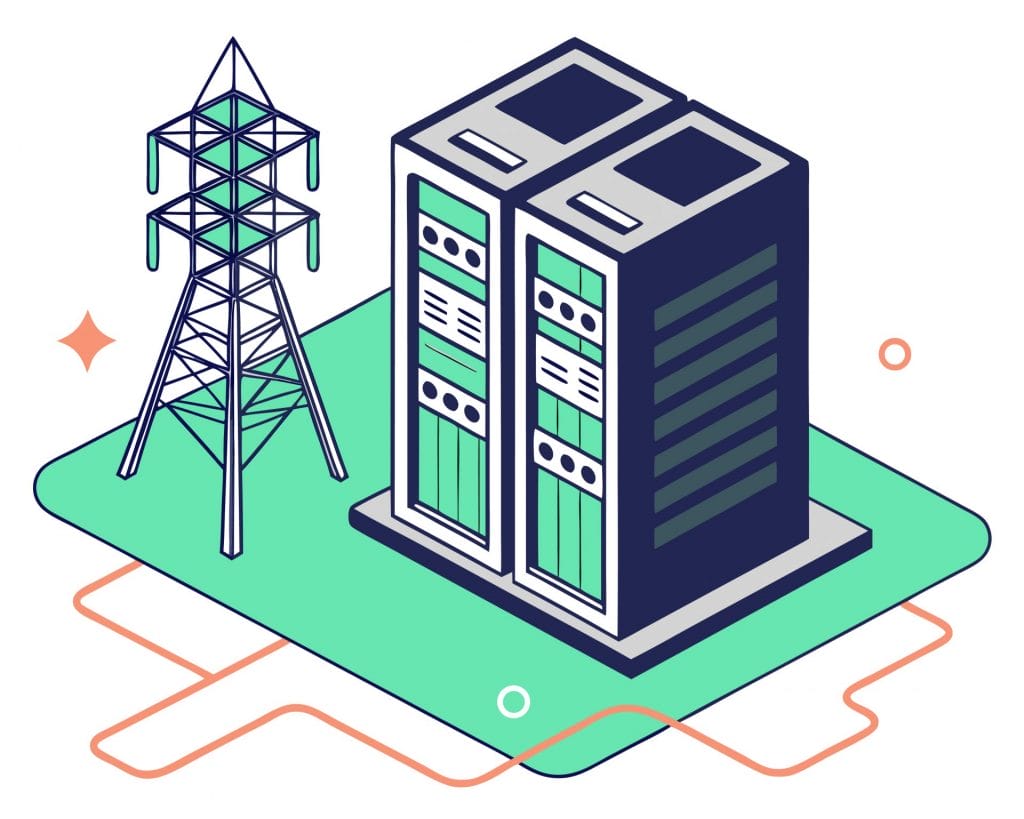
The global explosion of artificial intelligence (AI) is not just changing how we process data—it’s transforming the very foundation of electrical and cabling infrastructure. With new hyperscale facilities like Microsoft’s Project Stargate in West Texas pushing energy demands into uncharted territory, AI-driven data centers are rewriting the rules for power distribution, cable design, and energy management across the industry.
A New Era of Energy Demand
Traditional data centers—built to support cloud computing and storage—typically consumed between 30 and 50 megawatts (MW) of power. In contrast, today’s AI data centers are exponentially larger, with facilities regularly exceeding 200 MW and some projections estimating 900 MW or more, as seen in the Stargate project.
According to the International Energy Agency (IEA), total electricity demand from data centers could double by 2026, reaching nearly 1,000 terawatt-hours (TWh) per year. That’s roughly equivalent to the annual energy consumption of Japan. This massive surge in energy requirements is forcing utilities, contractors, and cable manufacturers to rethink how they deliver reliable, high-capacity power.
Scaling Power Infrastructure: From Megawatts to Gigawatts
Unlike traditional facilities that rely on standard 480V systems, AI data centers are adopting medium- and high-voltage distribution networks (13.8–34.5 kV) to accommodate their unprecedented power draw. To meet these demands, the wire and cable industry is shifting toward:
-
Heavier copper and aluminum conductors for higher current-carrying capacity.
-
Advanced insulation materials like XLPE (cross-linked polyethylene) for better thermal resistance.
-
LSZH (Low Smoke Zero Halogen) compounds to improve safety and minimize toxic emissions during fire events.
-
Redundant cabling systems that ensure uninterrupted operation even during maintenance or fault conditions.
In several regions, including Texas, Georgia, and Virginia, power utilities are now building dedicated substations solely to serve hyperscale and AI-driven data centers—a clear signal that the infrastructure landscape is rapidly evolving.
Smart Power Management with AI and IoT
Ironically, AI itself is becoming a key tool in managing the immense power that AI workloads require. Modern facilities now deploy AI-based energy management systems that analyze real-time data from thousands of sensors to optimize efficiency.
These systems help:
-
Balance load distribution across racks and power zones.
-
Predict potential equipment failures before they happen.
-
Control and automate cooling systems to reduce waste.
To enable this, engineers rely on low-voltage control cables, sensor wiring, and fiber-optic connections that can transmit precise data instantly. The result is a feedback loop—AI powering the management of its own energy consumption.
Renewable Power Integration and Grid Modernization
As global energy consumption rises, sustainability remains a critical focus. Leading hyperscale operators like Google, Amazon, and Meta are entering gigawatt-scale renewable energy agreements to offset their carbon footprints.
AI data centers are driving the next wave of grid modernization, especially in renewable-heavy regions like Texas and Arizona. This has accelerated demand for:
-
High-efficiency conductors for long-distance transmission.
-
Hybrid power-fiber cables that integrate control and communication in one sheath.
-
Grid interconnection cabling that supports solar, wind, and battery storage systems.
For the wire and cable sector, this means designing products that can endure variable energy loads, higher heat cycles, and stricter fire safety regulations while supporting rapid scalability.
Thermal and Safety Challenges
With AI servers drawing 5 to 10 times the power of conventional units, thermal management has become a top concern. Some racks now reach densities exceeding 100 kW each, generating intense heat that demands specialized cooling systems—often liquid or immersion-based.
Cabling in these environments must not only withstand higher operating temperatures but also meet stringent LSZH and HFFR (Halogen-Free Flame Retardant) standards. These materials reduce toxic emissions and smoke, protecting personnel and sensitive electronics in the event of an electrical fault or fire.
Case Study: Project Stargate, Texas
Microsoft’s Project Stargate stands as a symbol of this new generation of AI infrastructure.
-
Power Draw: Estimated at nearly 900 MW, more than many small U.S. cities.
-
Electrical Design: Incorporates medium-voltage feeders, custom substation builds, and advanced control cabling.
-
Cabling Demand: Thousands of miles of fiber optic, medium-voltage, and LSZH-rated wiring to handle both power and data.
This project is reshaping not only the regional power grid but also setting benchmarks for how future AI campuses will be built.
Opportunities for the Wire & Cable Industry
The rise of AI-driven facilities is creating an unprecedented boom for the wire and cable industry. Market analysts estimate that global cable demand tied to AI and data infrastructure will grow 12–15% annually through 2030.
Key areas of growth include:
-
High- and medium-voltage power cables for AI and cloud campuses.
-
Fiber optic systems for low-latency interconnects.
-
Advanced LSZH, XLPE, and composite insulation materials for safety and heat performance.
-
Intelligent cable assemblies that integrate sensors for predictive monitoring.
As AI data centers evolve, cable manufacturers that innovate in efficiency, materials science, and smart cable technology will be best positioned to lead the transformation.
Looking Ahead
AI data centers aren’t just scaling up—they’re redefining what modern power infrastructure looks like. They demand smarter grids, cleaner energy, and stronger, safer cables. For the wire and cable industry, this represents both a challenge and an enormous opportunity.
By investing in high-performance materials, renewable integration, and AI-enhanced monitoring, the industry can stay ahead of the curve as the digital revolution continues to accelerate.
Ready to explore how the latest innovations in cabling can power the future of AI infrastructure?
Visit us to learn more about high-performance solutions designed for the next generation of data and power networks.
